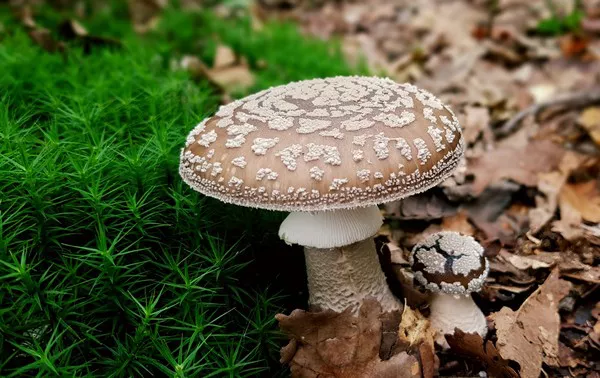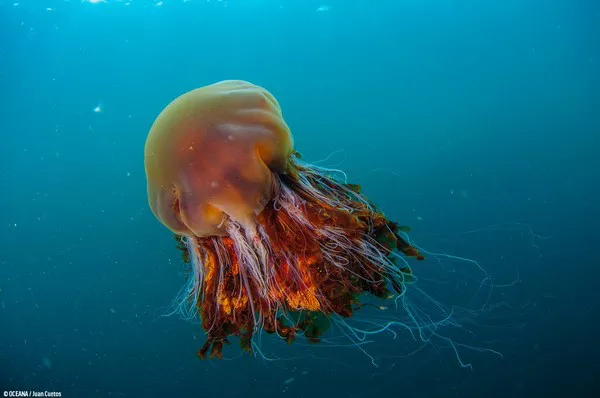Mushrooms, with their diverse shapes and colors, often evoke a sense of wonder in nature enthusiasts. However, beneath their enchanting exteriors lie species capable of producing deadly toxins. In this article, we embark on a journey into the realm of mycology to uncover the 10 most poisonous mushrooms worldwide. Each entry is meticulously researched, providing a well-founded understanding of these potentially lethal fungi, their toxic components, and the consequences of accidental ingestion.
10 World’s Most Poisonous Mushrooms
1. Death Cap Mushroom:
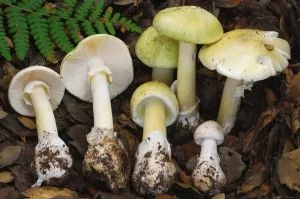
The Death Cap Mushroom (Amanita phalloides) earns its ominous name for a reason. Widely distributed across Europe, Asia, and North America, this deadly fungus contains potent toxins known as amatoxins. Responsible for numerous mushroom poisoning cases, the Death Cap leads to severe liver damage and, if left untreated, can be fatal. Exploring the anatomy and ecology of this insidious mushroom unveils the reasons behind its lethal reputation.
2. Destroying Angel Mushroom:
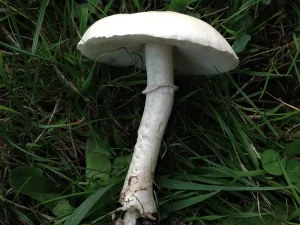
Closely related to the Death Cap, the Destroying Angel Mushroom (Amanita bisporigera) is equally deceptive in its angelic appearance. This poisonous mushroom contains the same deadly amatoxins, causing gastrointestinal distress and organ failure. A detailed examination of its lifecycle and habitat highlights the importance of distinguishing it from edible counterparts to prevent accidental ingestion.
3. Fool’s Webcap:
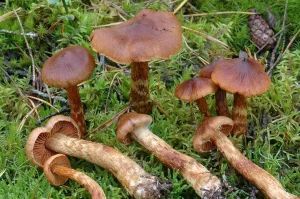
Hidden in woodlands across Europe, the Fool’s Webcap (Cortinarius orellanus) showcases the deceptive nature of certain toxic mushrooms. Containing the nephrotoxin orellanine, this fungus targets the kidneys, leading to irreversible damage. Understanding the Fool’s Webcap’s mycorrhizal associations and foraging risks is crucial for those navigating forests where this treacherous mushroom thrives.
4. Deadly Galerina:
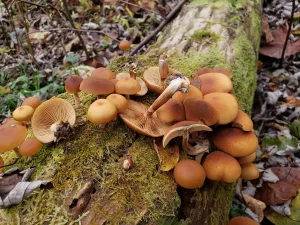
Despite its unassuming size, the Deadly Galerina (Galerina marginata) packs a lethal punch. Found in North America and Europe, this mushroom produces amatoxins similar to those found in the Death Cap. Often mistaken for harmless species due to its small stature, the Deadly Galerina underscores the importance of accurate mushroom identification to prevent accidental poisonings.
5. Autumn Skullcap:
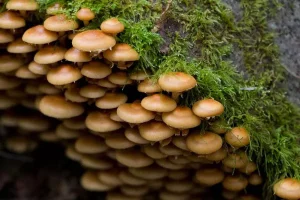
Endemic to North America, the Autumn Skullcap (Galerina marginata) conceals its toxicity beneath the autumn foliage. Containing amatoxins, this mushroom poses a serious threat to foragers and curious individuals. An exploration of its distribution, particularly during the fall season, sheds light on the risks associated with encountering this hidden menace in the wild.
6. Little White Deadly:
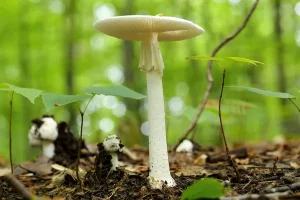
Known colloquially as the Little White Deadly, the Amanita virosa is part of the notorious group of white Amanita mushrooms responsible for mushroom poisoning incidents worldwide. Similar to its deadly relatives, this fungus contains potent amatoxins, causing severe liver damage. Unveiling the distinguishing features of the Little White Deadly aids in recognizing and avoiding this perilous mushroom.
7. Autumn Death Angel:
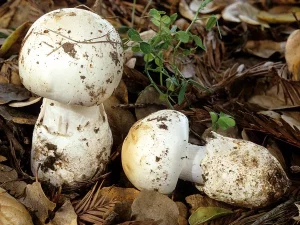
The Autumn Death Angel (Amanita ocreata) adds to the array of toxic Amanita mushrooms present in North America. Containing the same deadly amatoxins as its relatives, this fungus causes liver and kidney failure. Examining its preferred habitats and the associated risks during specific seasons enhances awareness about the potential dangers posed by the Autumn Death Angel.
8. Panther Cap:
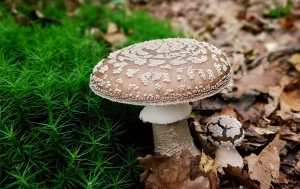
Sporting vibrant colors and intricate patterns, the Panther Cap (Amanita pantherina) stands out in woodlands across Europe and North America. Despite its appealing appearance, this mushroom contains toxins that can cause severe intoxication. Investigating the ecological role of the Panther Cap and the symptoms of its poisoning emphasizes the need for caution when encountering visually striking fungi in natural settings.
9. Podostroma Cornu-Damae:

Hailing from Asia, the Podostroma Cornu-Damae earns its place among the world’s most poisonous mushrooms. Producing potent trichothecene mycotoxins, this fungus poses a serious threat to those unaware of its toxicity. Unraveling the distribution and habitats of this lesser-known but dangerous mushroom raises awareness about the potential risks associated with foraging in specific regions.
10. Conocybe filaris:
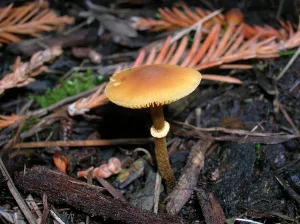
Found in yards and gardens across North America, Conocybe filaris is often overlooked due to its small size. However, this innocuous-looking fungus contains the deadly amatoxin, posing a risk to unsuspecting individuals. A closer examination of its growth patterns and habitat preferences underscores the importance of vigilance even in familiar outdoor spaces.
See Also: 10 Most Poisonous Plants In The World
Conclusion:
In conclusion, the world of poisonous mushrooms unveils a complex tapestry of lethal beauty, where deceptively charming appearances mask potent toxins. From the notorious Death Cap to the less-known but equally dangerous Podostroma Cornu-Damae, each mushroom demands respect and caution from those who venture into the natural world. Understanding the ecological roles, habitats, and distinguishing features of these toxic fungi is crucial for promoting awareness and preventing accidental poisonings. As we delve into the enigmatic realm of mycology, a deeper appreciation for the delicate balance between fascination and peril emerges, emphasizing the need for continued research and education in the field of poisonous mushrooms.
You Might Be Interested In:

